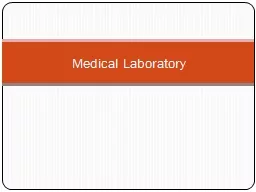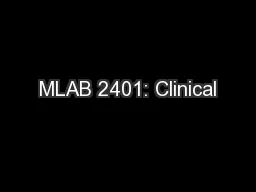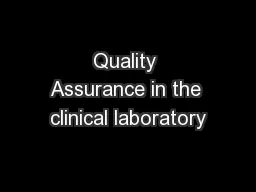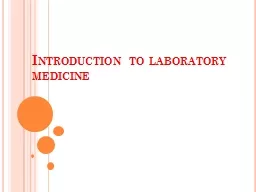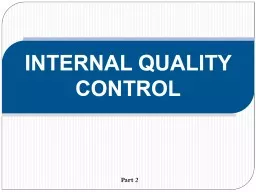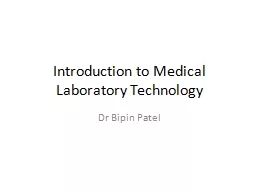PPT-Medical Laboratory Quality clinical laboratory testing is evidenced by: performing the
Author : magdactio | Published Date : 2020-06-16
Ensuring that appropriate clinical laboratory tests are ordered Procuring clinical laboratory test samples in an efficient timely manner Producing accurate clinical
Presentation Embed Code
Download Presentation
Download Presentation The PPT/PDF document "Medical Laboratory Quality clinical labo..." is the property of its rightful owner. Permission is granted to download and print the materials on this website for personal, non-commercial use only, and to display it on your personal computer provided you do not modify the materials and that you retain all copyright notices contained in the materials. By downloading content from our website, you accept the terms of this agreement.
Medical Laboratory Quality clinical laboratory testing is evidenced by: performing the: Transcript
Download Rules Of Document
"Medical Laboratory Quality clinical laboratory testing is evidenced by: performing the"The content belongs to its owner. You may download and print it for personal use, without modification, and keep all copyright notices. By downloading, you agree to these terms.
Related Documents

